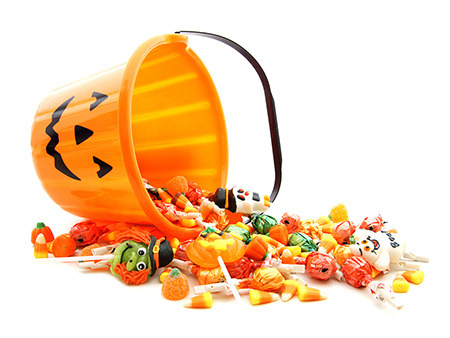My child is snoring, should I be concerned?

Snoring in children is something that should be assessed by a healthcare provider. It may be innocent and related to illness or allergies if it is a rare occurrence. However, if this is a more consistent habit, it could be a symptom of something more dangerous such as Obstructive Sleep Apnea (OSA).









